- About us
- Support the Gallery
- Venue hire
- Publications
- Research library
- Organisation chart
- Employment
- Contact us
- Make a booking
- Onsite programs
- Online programs
- School visit information
- Learning resources
- Little Darlings
- Professional learning
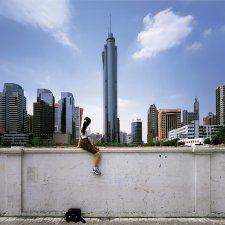
Claire Roberts interviews Swiss art collector Uli Sigg.
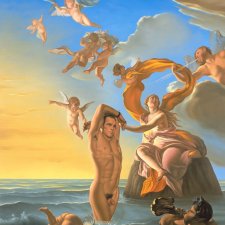
The portrait of Ian Roberts by Ross Watson.
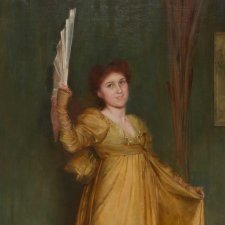
Dr. Sarah Engledow discovers the amazing life of Ms. Hilda Spong, little remembered star of the stage, who was captured in a portrait by Tom Roberts.
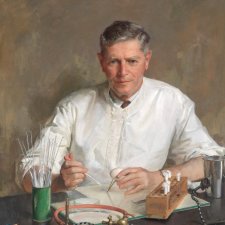
This edited version of a speech by Andrew Sayers examines some of the antecedents of the National Portrait Gallery and set out the ideas behind the modern Gallery and its collection.
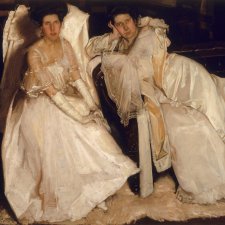
Sarah Engledow is seduced by the portraits and the connections between the artists and their subjects in the exhibition Impressions: Painting light and life.

Isobel Parker Philip introduces artist Thom Roberts, whose distinctive portraits of people, buildings and personified trains define the world as he experiences it.
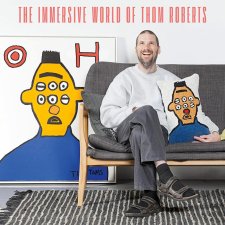
Thom Roberts reveals the stories behind some of his portraits, Rebecca Harkins-Cross on Carol Jerrems, and Daniel Browning reflects on Tracey Moffatt’s 1986 series Some lads.

Artist Mandy Martin describes the creation of her portrait of Aldo Giurgola, principal architect of Australia's Parliament House.
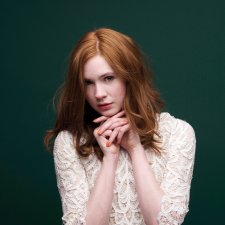
James Holloway describes the first portraits you encounter when entering the Scottish National Portrait Gallery.
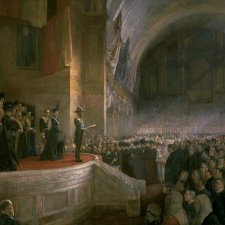
Celebrates the centenary of the first national art collection, the Historic Memorials Collection, housed at Australia's Parliament House.

Andrew Sayers asks whether a portrait can truly be the examination of a life.
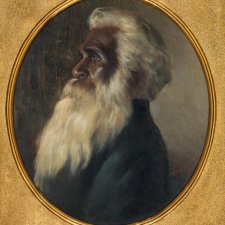
Dr Christopher Chapman looks at the life of Wurundjeri elder William Barak through the portrait painted by Victor de Pury in 1899.
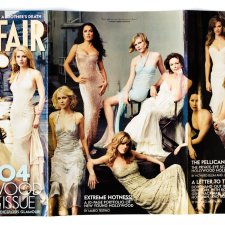
Michael Desmond looks at the history of the Vanity Fair magazine in conjunction with the exhibition Vanity Fair Portraits: Photographs 1913-2008
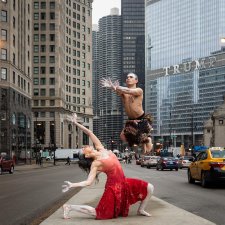
Tara James shares the joy of dance and its power to connect in the National Portrait Gallery’s touring exhibition Dancer.
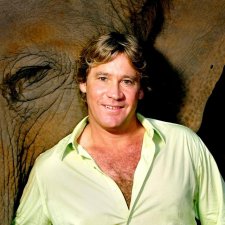
Robin Sellick captured a rare moment of quietude from the late conservation star Steve Irwin.
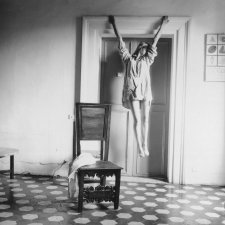
Magda Keaney on entwining the work of Francesca Woodman and Julia Margaret Cameron, two photographers working a century apart.

The acquisition of David Moore's archive of portrait photographs for the National Portrait Gallery's collection.
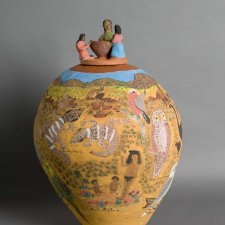
The first collaborative commission has arrived. It's a self portrait, it's ceramic and it's from Hermannsburg.
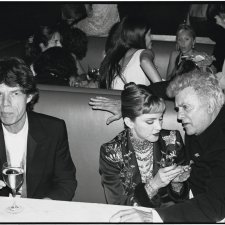
Vanity Fair Editor David Friend describes how the rebirth of the magazine sated our desire for access into the lives of celebrities and set the standard for the new era of portrait photography.
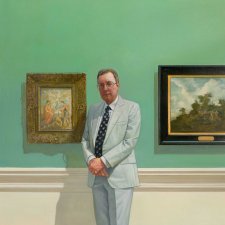
This article examines the portraits gifted to the National Portrait Gallery by Fairfax Holdings in 2003.
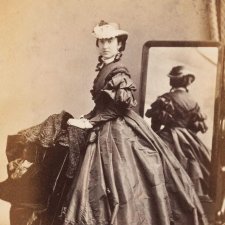
The death of a gentlewoman is shrouded in mystery, a well-liked governor finds love after sorrow, and two upright men become entangled in the historical record.
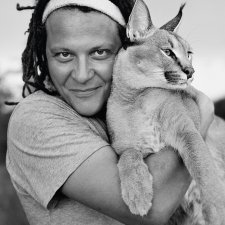
Exploring the photographs of Martin Schoeller, Michael Desmond delves into the uneasy pact that exists between celebrity and the camera.
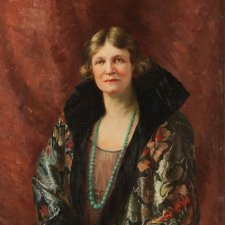
Jerrold Nathan's portrait of Jessie Street shows the elegant side of a many-faceted lady.
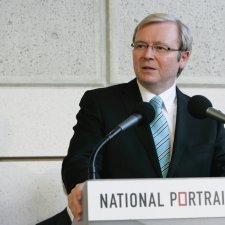
In his speech launching the new National Portrait Gallery building on 3 December 2008, then Prime Minister Kevin Rudd set the Gallery in a national and historical context.
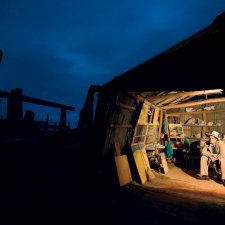
Studio: Australian Painters Photographed by R. Ian Lloyd presents 61 of some of Australia’s most respected and significant painters working in the studio environment.
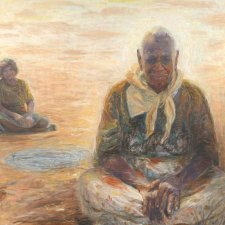
Joanna Gilmour reflects on 25 years of collecting at the National Portrait Gallery.
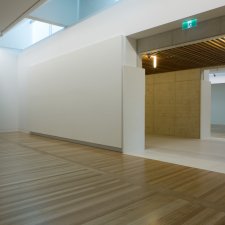
Christopher Chapman highlights the inaugural hang of the new National Portrait Gallery building which opened in December 2008.
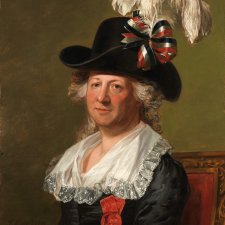
Jane Raffan asks do clothes make the portrait, and can the same work with a new title fetch a better price?
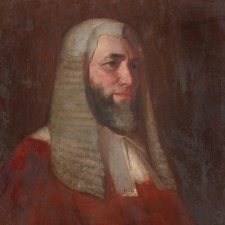
Family affections are preserved in a fine selection of intimate portraits.
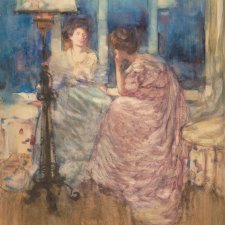
Penelope Grist finds inspiration in pioneering New Zealand artist, Frances Hodgkins.
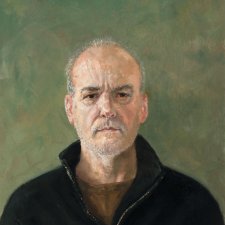
Close encounters are the genesis for Graeme Drendel’s enticing portraiture.
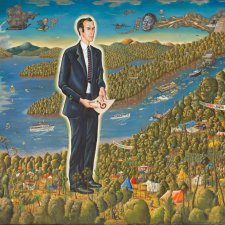
Michael Desmond explores the complex portrait of Dr Bob Brown by Harold 'The Kangaroo' Thornton.
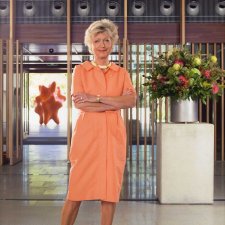
Portraits of philanthropists in the collection honour their contributions to Australia and acknowledge their support of the National Portrait Gallery.
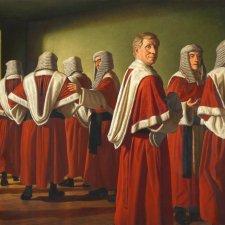
Leslie Moran investigates the portraits of judges in the National Portrait Gallery's collection.
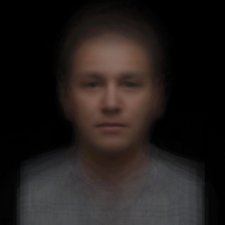
Michael Desmond reveals the origins of composite portraits and their evolution in the pursuit of the ideal.
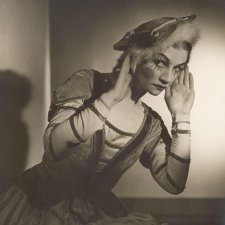
Gael Newton delves into the life and art of renowned Australian photographer, Max Dupain.
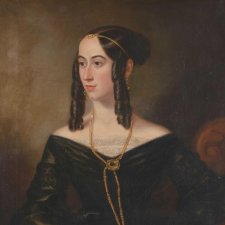
Emma Kindred examines fashion as a representation of self and social ritual in 19th-century portraiture.
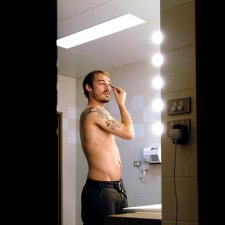
Andrew Mayo talks to three of Australia’s most prominent and prolific music photographers — Martin Philbey, Kane Hibberd and Daniel Boud — about the challenges and inspiration behind their craft.
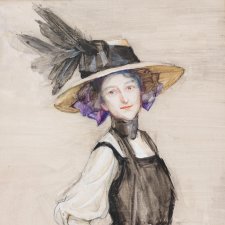
Bess Norriss Tait created miniature watercolour portraits full of character and life.
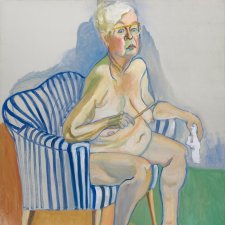
Jennifer Higgie reveals how Alice Neel reinvigorated 20th century portraiture with her honest and perceptive depictions of the human experience.
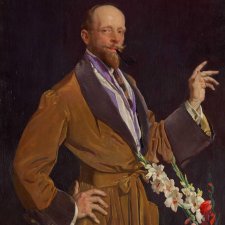
Andrew Sayers discusses the real cost of George Lambert's Self portrait with gladioli 1922.
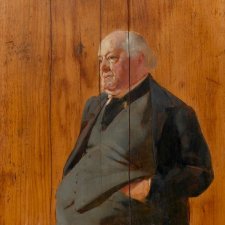
George Selth Coppin (1819-1906) comedian, impresario and entrepreneur, was a driving force of the early Australian theatre.
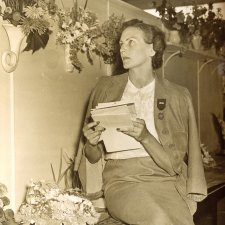
Sarah Engledow lauds the very civil service of Dame Helen Blaxland.
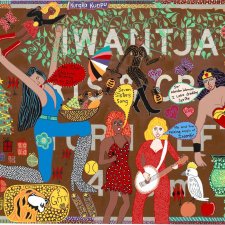
Joanna Gilmour reflects on merging collections and challenging traditional assumptions around portraiture in WHO ARE YOU.
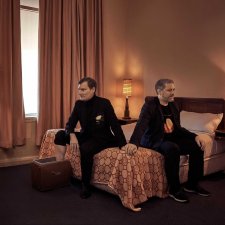
Sandra Bruce gazes on love and the portrait through Australian Love Stories’ multi-faceted prism.
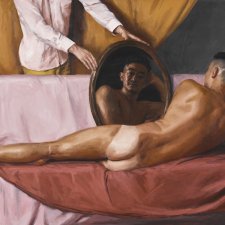
Preserving stories, subverting power and posing nude: Benjamin Law explores the potency and persuasiveness of portraiture.
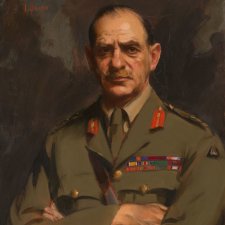
Karl James gives short shrift to doubts about the profile of General Sir John Monash.
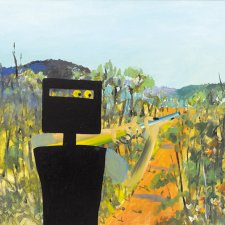
Australian character on the market by Jane Raffan.
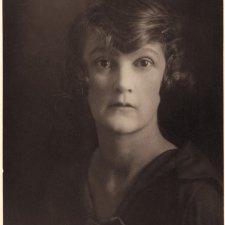
Joanna Gilmour profiles the life and times of the shutter sisters May and Mina Moore.
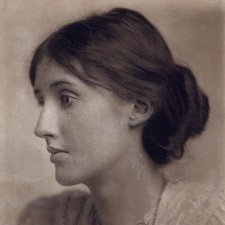
Inga Walton delves into the bohemian group of artists and writers who used each other as muses and transformed British culture.
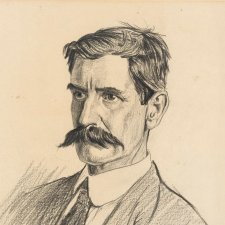
Sarah Engledow ponders the divergent legacies of Messrs Kendall and Lawson.
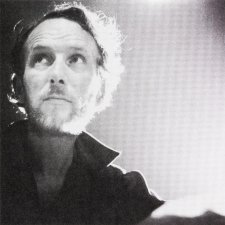
One half of the team that was Eltham Films left scarcely a trace in the written historical record, but survives in a vivid portrait.
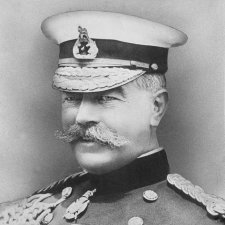
Sarah Engledow bristles at the biographers’ neglect of Kitchener’s antipodean intervention.